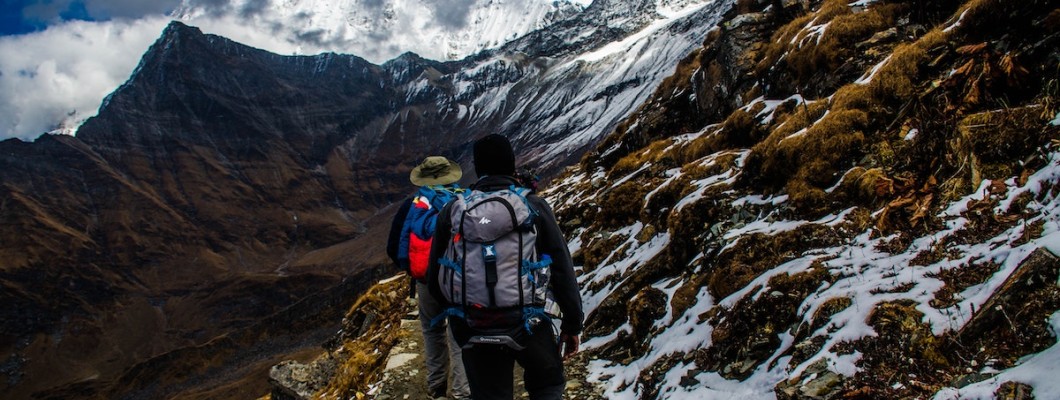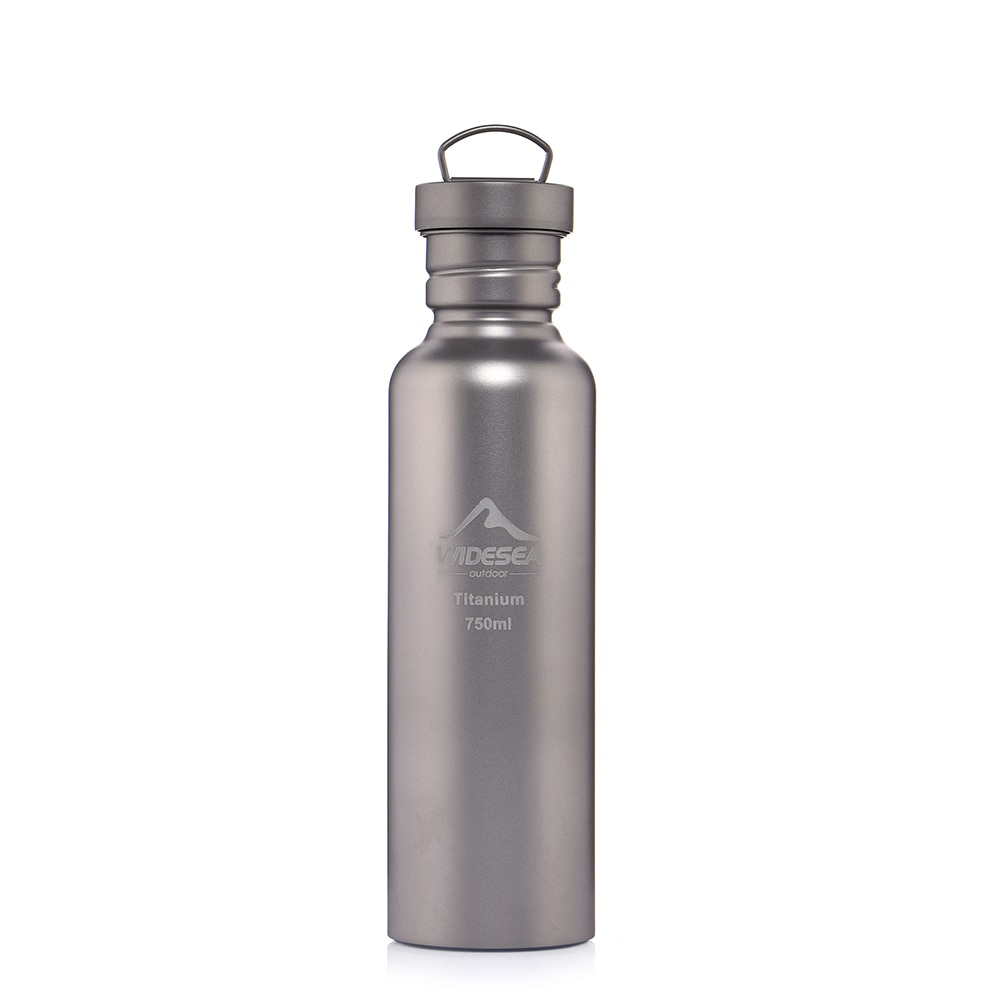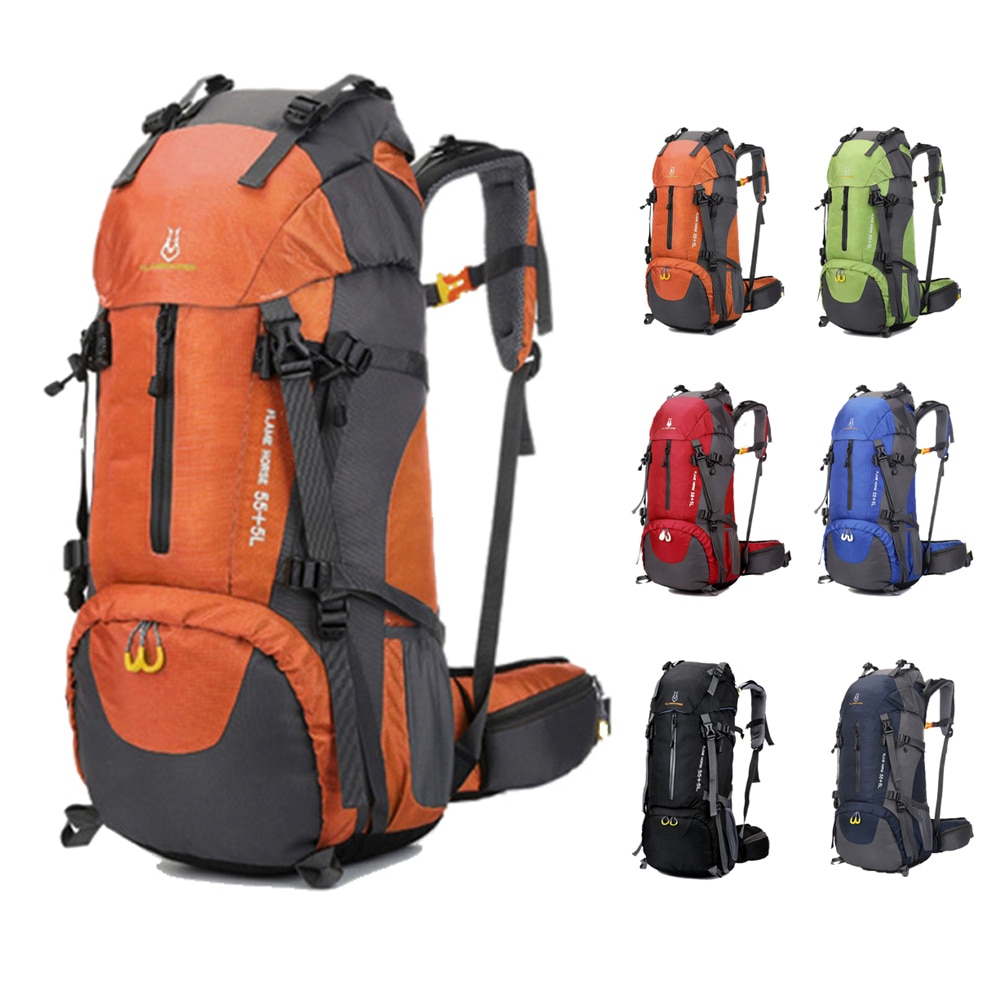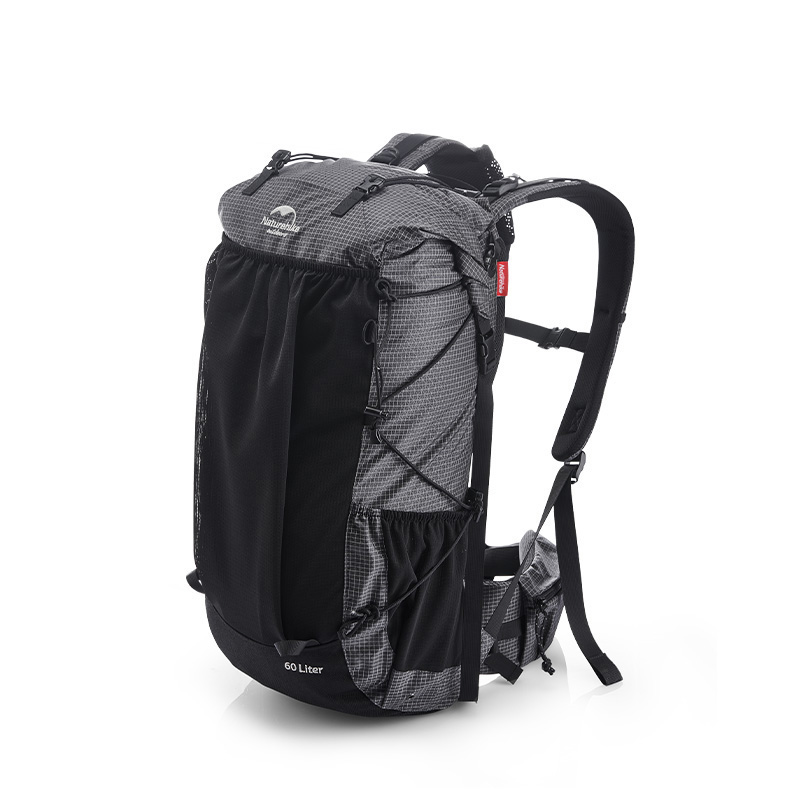
Hiking has become increasingly popular in recent years, it’s important to have the right gear for your hike. In this blog, we’ll outline the essential items you need for a safe and enjoyable hiking experience. We’ll cover topics such as the right type of shoes, clothing layers, backpacks, water bottles, maps, and more. With these tips in mind, you’ll be ready to hit the trails! Whether you’re a novice or an experienced hiker, having the right gear is essential for a safe and enjoyable trip. From lightweight backpacks to durable tents, the right gear can make all the difference when it comes to comfort and convenience on your next hiking adventure. With the right gear in tow, you’ll be ready to take on any terrain with confidence!
Footwear
Wearing the right hiking shoes or boots can keep your feet safe, provide support and stability, and enhance your overall hiking experience. There are different hiking footwear available, and the type you choose largely depends on the terrain and duration you will be hiking for. For instance, trail shoes are lightweight and suitable for short hikes on well-maintained trails. They provide excellent traction and are comfortable for day hikes. Hiking boots are ideal for longer hikes or hiking on rougher terrain. They offer more support and durability than trail shoes. Finally, mountaineering boots are designed for technical hikes and climbing. They are heavier, and stiffer, and provide ankle support on rough terrain.
When choosing hiking footwear, several factors should be taken into account. The fit of the footwear is crucial to prevent blisters and other foot injuries. Always try on hiking shoes or boots with the socks you'll wear during the hike to ensure a proper fit. Additionally, consider the terrain you'll be hiking on. If you're hiking on rocky terrain, choose footwear with a durable sole to provide better traction. The weather conditions should also be taken into account when selecting hiking footwear. Finally, make sure your hiking footwear provides adequate support for your ankles and arches to avoid injuries.
Clothing
Proper clothing is important during hiking, it can protect you from the elements and ensure that you remain comfortable and safe throughout your trek. The layering system is a popular technique among hikers that involves wearing multiple layers of clothing to regulate body temperature and protect against the weather. The base layer is worn next to the skin and is responsible for wicking away moisture. The mid layer provides insulation to keep you warm, while the outer layer protects against wind and rain.
When picking what to wear for a trek, consider the type of fabric used. Moisture-wicking materials are a good choice since they are designed to whisk perspiration away from your skin, reducing chafing and irritation. Quick-drying fabrics are also useful, especially when hiking in wet conditions. Sun protection clothing is also important for hikes in hot and sunny weather, these fabrics block harmful UV rays and keep you safe from sunburn and other skin damage.
Backpacks
Choosing the right backpack is critical for any hiking excursion. Your backpack should be comfortable and capable of carrying all your necessary gear efficiently to ensure a successful hike. The backpack you choose will depend on the duration of your trip and your specific requirements. For shorter hikes, a daypack is perfect, while larger backpacks are ideal for longer treks or multi-day trips.
To select the right backpack, you must consider several factors. The size and weight of the backpack are important to avoid carrying a heavy load that could cause discomfort or pain. Evaluate additional features, such as the number of compartments and pockets, and the type of frame and ventilation system it has. By analyzing these factors, you can choose a backpack that will fulfill your needs, and enhance your hiking experience.
Hydration
Staying hydrated and nourished is crucial when hiking, especially during longer or more strenuous treks. Carrying the right items for hydration and nutrition can make a significant difference in your overall hiking experience. A titanium water bottle is an excellent choice due to its being lightweight, durable, and can keep water cool for extended periods. Similarly, energy bars, nuts, and dried fruits are great options for quick and easy snacks that provide sustained energy. When selecting hydration and nutrition items it is important to consider factors such as the length and difficulty of your hike, the weather conditions, and your own dietary needs and preferences. By planning ahead and carrying the right items, you can stay fueled and hydrated throughout your hike and enjoy the beautiful scenery and fresh air.
In addition to hydration and nutrition items, there are other miscellaneous gear items that may be necessary depending on the hike. Flashlights can be useful for hiking in low-light conditions. Trekking poles can provide additional support and stability on steep or rocky terrain. Insect repellent can also be important to keep bugs at bay and prevent bites. It is important to assess the needs of your specific hike and pack accordingly.





Leave a Comment